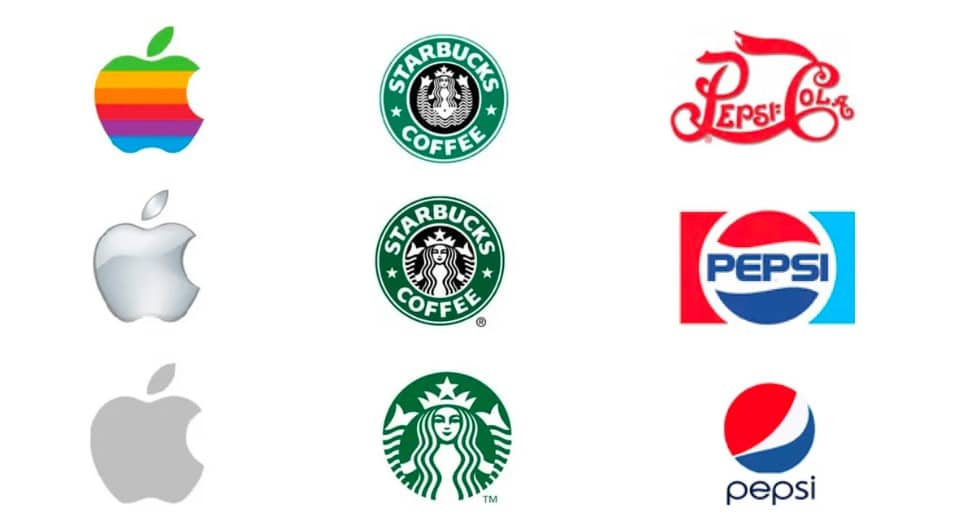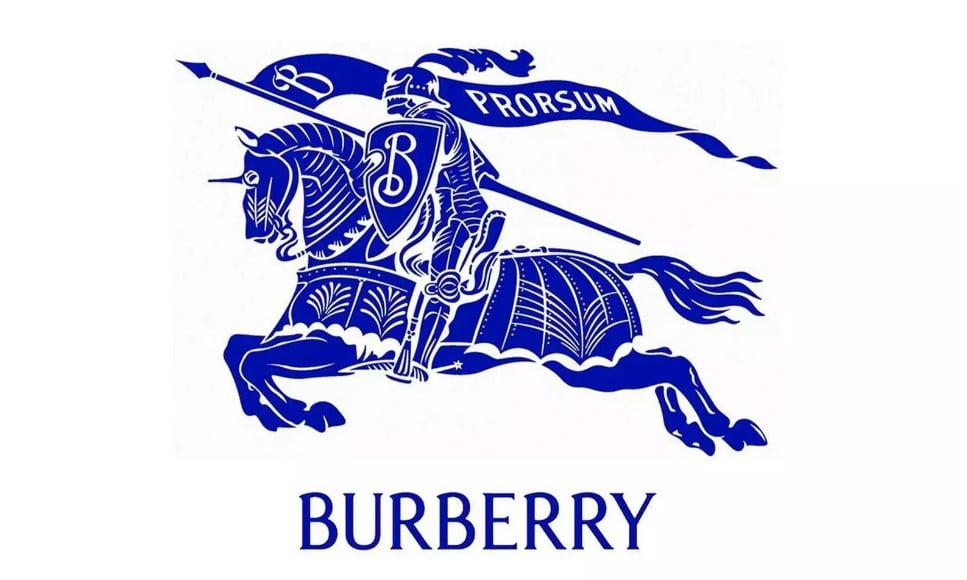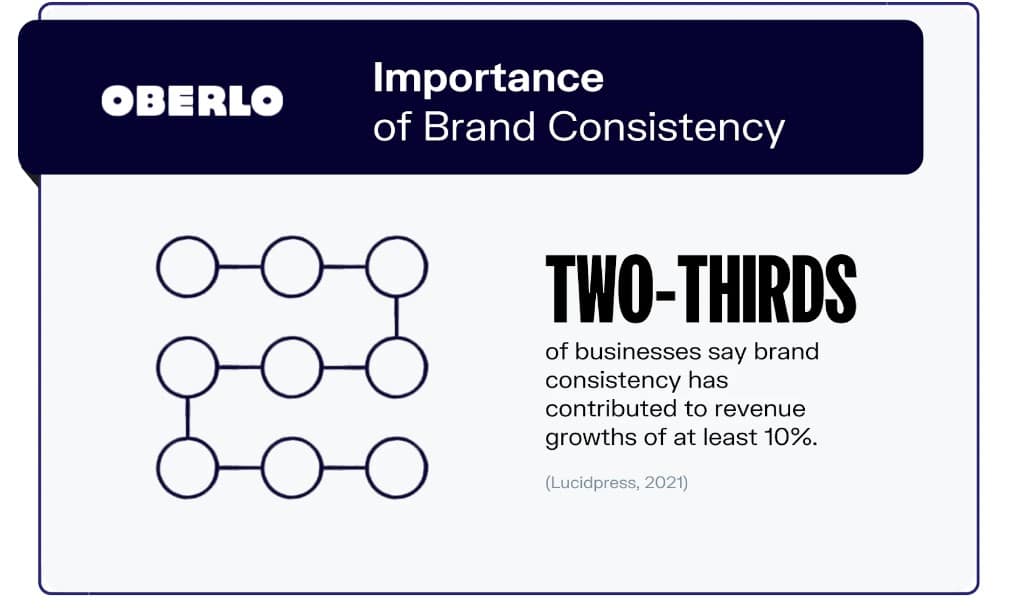The brand world is constantly evolving. In an era where trends change in seconds and values continue to shift, it’s up to brand leaders to keep adapting their voices as their demographic grows.
Rebranding keeps a company in the public eye. In the same way as a fresh lick of paint in your favorite room, our most loved brands are all due for a revamp once in a while.
However, rebranding shouldn’t be done carelessly. When carried out recklessly, companies quickly lose loyal customers, who drive a whopping 25 percent of business profits. As a costly task, rebranding must be completed with precision and backed up by detailed planning. At the end of the day, your company’s reputation is on the line, which could be the difference between a venture that sinks or swims.
What is rebranding?
Put simply, rebranding is when a company switches up elements of its brand’s voice, appearance, tone or typography.

(Image Source: Visible Logic)
This could be down to a number of factors, ranging from changing demographic trends, problematic values within the company, or a well-needed refresh in order to keep up with competitors.
Regardless of the reason behind the rebrand. The key here is to determine the scale of your revamp before you embark on a campaign and to get your PR team involved so your customers know all about it.
There’s a big difference between tweaking a site slogan and a full rebrand. Below, we’ve listed a rebranding scale that’ll give you a better idea of the levels of rejuvenation a company can undergo while still actively in business.
- Brand refresh: This covers minor detail changes, such as updating a seasonal slogan or swapping hues in your color palette. This type of rebrand can be done behind the scenes and is often only noticed by your most loyal customers.
- Partial rebrand: Here’s where it starts getting exciting. As you change more elements within your company design, such as your logo, site pages and product themes, it’s time to let your customers know about it. Start posting social content about your upcoming remodeling, and even target your loyal followers for their opinions as you adapt your voice.
- Full rebrand: This one is the full hog. If you’re looking to change everything about your company, its name, and its values, you’re likely undergoing a full rebrand. While these are the riskiest, they can have the largest payoff when done correctly. Maybe you’re trying to reposition yourself in a competitive industry. The key here is to let your audience know about it. Get your PR team into gear, and start shouting about your rebrand within popular publications, influencer platforms, and social pages.
Once you’ve established the level of rebranding you’re aiming for, it’s time to start planning. While the next steps towards a fresh-faced company may seem tricky, we’ve put together a list of PR tips and tricks that might make the process just a bit easier.
Outline your expectations
In order to start your rebranding journey, you must first outline your expectations. Note down some reachable KPIs and establish the key goals you aim to achieve.
Are you looking to target a new type of audience? Or are you working to steer away from a current trend that could have a poor payoff for your profits? No matter the reason behind your rebrand, ensure that it is the focal point for renovation.
Secondly, it’s time to take an audit of your current branding strategy. Which PR campaign has paid off the most in the last quarter? What elements of your current branding are driving the most profits? Taking these into account is essential as you embark on a new branding campaign, as these are the factors that must remain the same if you still want to see success post-rebrand.
In order to keep track of your planning, write down a list of the elements you want to put under the microscope. Here are some possible ideas:
- Logo
- Typography
- Brand positioning
- Color palette
- Web design
- Social feeds
- PR & advertising campaigns
These are just a few of the possible factors to focus on. In order to discover which of your own company elements may be due for a rebrand, make sure that you consult your customer, site and social data. Identify what is performing well and, most importantly, what isn’t, and position those factors at the center of your rebranding strategy.
Switch up your logo
One of the key things we associate with a rebrand is a logo change. Creating a new logo is the easiest way to alert your customers that your company is changing.
The key here is to match your logo rebrand with the company voice you’re hoping to take forward. For example, if you’re a small business rebranding for a more professional demographic, remove bright colors from your logo, and adapt long-form designs into something sleek and recognizable.
Another top tip is to prioritize color consistency. Did you know that colors alone increase brand recognition by 80 percent? If your brand is well known for its color palette, like Google’s iconic shades of blue, green, yellow and red, make sure that they stay the same.
One logo rebranding example that has performed significantly well in the past year was Burberry’s blast to the past. Using their rebranding campaign to re-introduce the clothing company’s heritage Equestrian Knight in a deep blue shade helped the fashion house define its next chapter.
“The new Burberry logo is archive-inspired,” said the brand in a press release. “The original Equestrian Knight Design was the winning entry of a public competition to design a new logo, circa 1901. The design features the Latin word ‘Prorsum’ meaning ‘Forwards’.”

(Image Source: Highsnobiety)
As an unusual twist on the company’s traditional branding, it, of course, caught the eyes of loyal customers, who have rushed to buy products stamped with the heritage logo for that true old-money vintage vibe.
Change your voice
Changing your brand’s voice should be at the heart of a rebrand. Your voice should be what you write your marketing and PR content from the perspective of. You should think about changing your tone of voice depending on the audience you’re targeting. If trends are moving on and you’re looking to appeal to a wider demographic, it may be time to make your brand voice more inclusive.
Start releasing campaigns that venture into new topics, and gather the attention of different target groups.
Imagine your brand as a person. How would you want someone to describe your brand at a party? Would it be all jokes or professional with no nonsense? This thought exercise is a great starting point.
Consistency is also important when it comes to sharing a new brand voice. If you’re going to rebrand how your company comes across, that must be applied to every platform, or your audience could get confused.
In fact, a whopping two-thirds of businesses claim that brand consistency is the driving force for profit in 2023.

(Image Source: Oberlo)
“With so many channels being used to share our voice, consistency is key. Make sure your voice translates across channels,” says Lori Paikin from NaviStone. “When a consumer opens your email, visits your website or receives direct mail, they have to “hear” that same voice.”
Hype up your new launch
Last but not least, it’s time to hype up your new launch. There’s no point in rebranding if your consumers know nothing about it. A rebrand should be exciting and provide a wow factor for target consumers.
If you want to give your audience an experience they won’t forget, it’s time to get your PR heads into gear. Before going public with your rebrand, why not build anticipation? Release teaser content, guessing games, and even a revamp-inspired competition.
Take the glasses company Warby Parker for example. Before launching their 2019 rebrand as a contact lens provider, they tease their audiences with social content showing clips of potential products and a number of related blog articles on topics such as blue light facts and how to maintain contact lenses. Slowly edging into the topic of a rebrand is the best way to prepare your audience.

(Image Source: Warby Parker)
Once you’re ready to launch, this is when you bring in the big guns. Frame your rebranding journey as a story, and make sure it’s plaster within relevant publications. othing encourages consumer engagement more than good storytelling, so it’s time to put a new mission statement together for a direct emotive hit.
And with that, your rebranding is complete. The real job here is to plan your journey from start to finish and ensure that every area of your company is refreshed for a more positive user experience.
“The key to creating a strong, memorable voice for your brand is to deliver a “wow” experience to your clients and customers,” says Drew Gerber, CEO of Wasabi Publicity, Inc. “Everything you do, from product to support to customer service, should all be based around creating an experience that’s aligned with your brand’s voice.”
As we step into a digital era where brands must adapt in seconds to continuing content trends, will rebrands become a monthly occurrence? Only time will tell.








